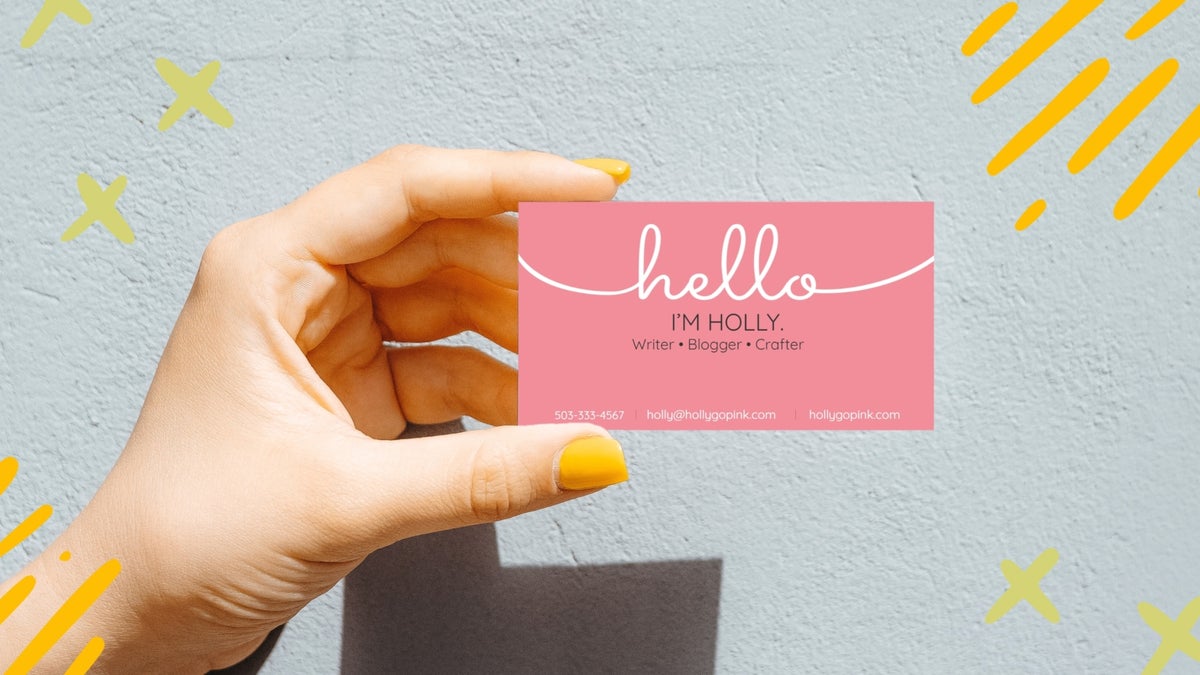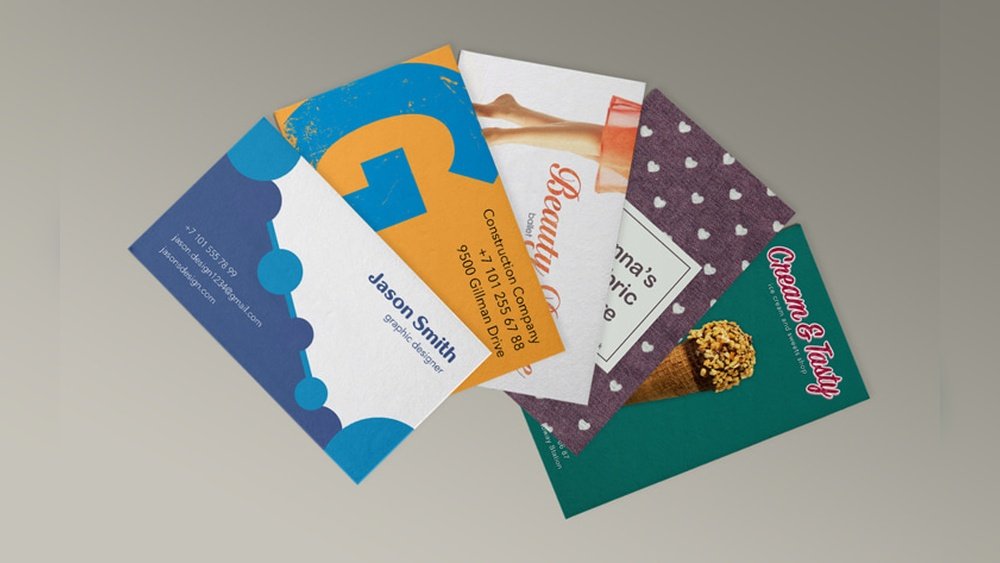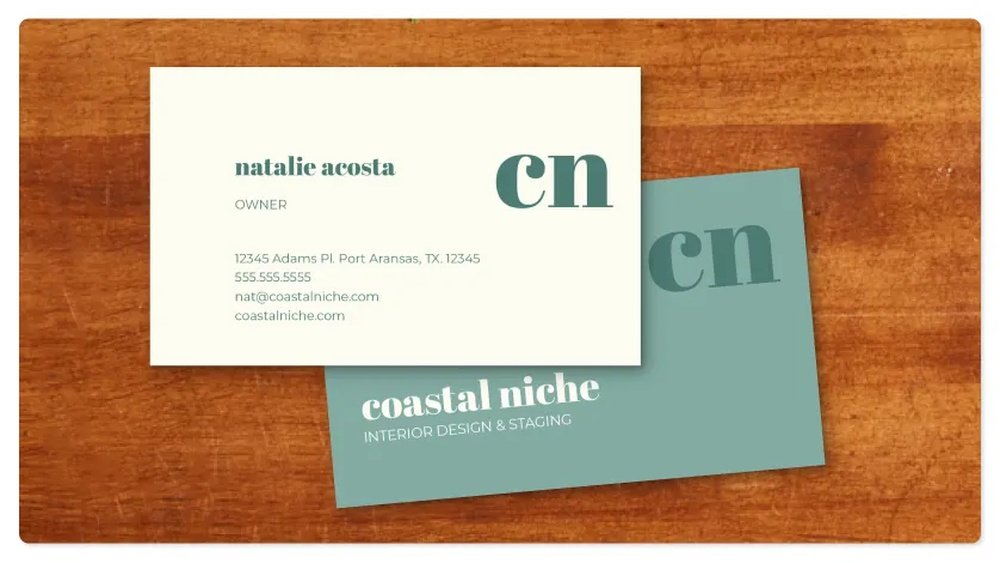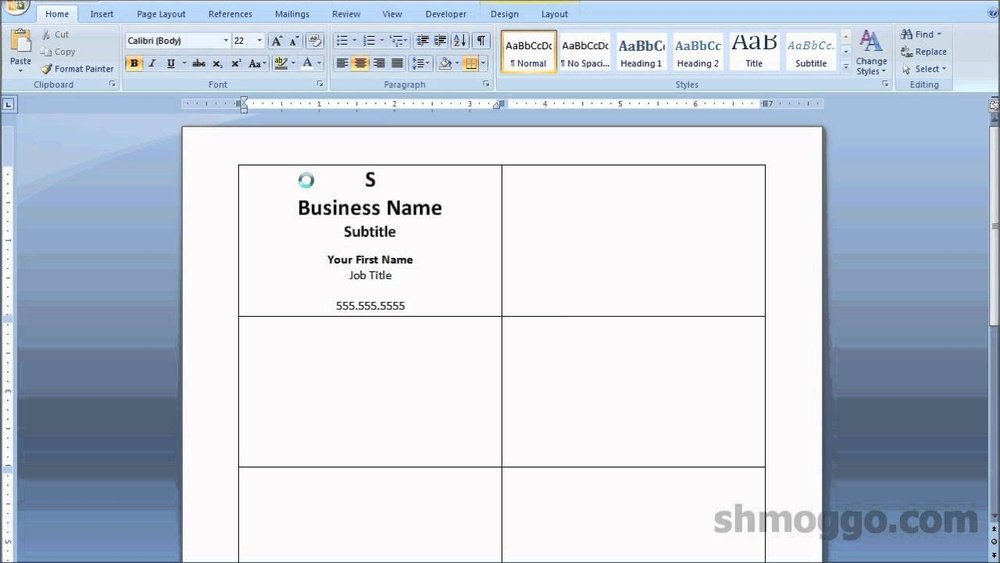Are you ready to make a powerful first impression with your business cards? The way you print your cards can say a lot about your brand and professionalism.
Choosing the best method to print your business cards ensures they stand out, feel right in your hand, and leave a lasting memory. You’ll discover simple, effective tips to help you print business cards that truly represent you and grab attention.
Keep reading, and get ready to elevate your networking game like never before!

Credit: www.youtube.com
Choosing Paper Types
Choosing the right paper type for business cards affects their look and feel. The paper sets the first impression. It shows your style and professionalism. Think about the finish, thickness, and material. These details help your card stand out. They also make it easier to handle and keep.
Matte Vs Glossy Finish
Matte paper has a smooth, flat surface. It does not shine or reflect light. This finish feels soft and looks modern. It works well for simple, clean designs. Matte cards resist fingerprints and glare.
Glossy paper shines and reflects light. It makes colors appear bright and sharp. Glossy cards look vibrant and eye-catching. They feel slick and smooth to touch. This finish suits bold, colorful designs.
Cardstock Thickness Options
Thicker cardstock feels sturdy and high quality. It shows care and attention to detail. Common thickness ranges from 14pt to 32pt. Thin cards bend easily and may seem cheap. Thick cards last longer and feel solid. Pick a thickness that fits your budget and style.
Eco-friendly Materials
Eco-friendly paper uses recycled fibers or sustainable sources. It helps reduce waste and saves trees. These materials often look natural and textured. They appeal to customers who care about the environment. Choosing green paper shows your business values nature. Many printers offer eco options without extra cost.
Design Tips For Impact
Designing business cards that stand out requires careful thought. Good design grabs attention and leaves a lasting impression. Simple choices in colors, fonts, and images make a big difference. Follow these tips to create a business card that works well and looks great.
Effective Use Of Colors
Colors set the mood of your business card. Choose colors that match your brand or industry. Use two or three colors to keep the design clean. Bright colors catch the eye but avoid using too many. Contrast between background and text helps readability. Light backgrounds with dark text work best.
Font Selection And Readability
Pick fonts that are easy to read at small sizes. Simple fonts like Arial, Helvetica, or Calibri work well. Avoid fancy or script fonts that can be hard to understand. Use one or two fonts maximum to keep the card neat. Make sure the font size is large enough to read easily. Clear text helps people remember your name and details.
Incorporating Logos And Images
Your logo is a key part of your brand identity. Place it where it does not crowd the card. Keep images simple and relevant to your business. Avoid using too many images that distract from important information. Use high-quality images to ensure sharp printing. A well-placed logo helps build trust and recognition.
Printing Methods
Choosing the right printing method affects the look and feel of your business cards. Different methods offer unique benefits. Understanding these helps you pick the best option for your needs.
Digital Printing Advantages
Digital printing is fast and cost-effective for small runs. It uses digital files and prints directly onto the paper. This method allows quick changes and easy customization. Colors appear bright and clear on the cards. It suits businesses that need cards printed quickly. Digital printing works well for simple designs and photos.
Offset Printing Benefits
Offset printing delivers high-quality images and sharp text. It uses plates to transfer ink onto paper in large quantities. This method is cost-effective for bulk orders. It creates consistent color and detail on every card. Offset printing works best for complex designs with many colors. The cards feel sturdy and professional after printing.
Spot Uv And Foil Stamping
Spot UV adds a shiny coating to specific card areas. It highlights logos or text with a glossy finish. Foil stamping uses metallic foil to create bright, eye-catching effects. Both methods add texture and luxury to your cards. They help your business card stand out visually and to the touch. These options fit well with premium card designs.
Choosing A Printing Service
Choosing the right printing service affects your business card quality and cost. Picking a good printer saves time and money. It also ensures your cards look professional and last longer.
Online Vs Local Printers
Online printers offer many design options and easy ordering. They often have lower prices due to large volume printing. Local printers provide personal service and quick proofs. You can see paper samples and discuss details face-to-face. Both have benefits; choose based on your needs and comfort.
Cost Comparison
Online printers usually charge less for bulk orders. Shipping fees may add to the total cost. Local printers might be pricier but save shipping time and cost. Watch for hidden fees like setup or design charges. Compare quotes carefully before deciding.
Turnaround Time Considerations
Online printing can take several days, plus shipping time. Local printers often complete orders faster, sometimes same-day. Rush orders cost extra but help meet tight deadlines. Plan your order early to avoid delays and extra fees.
Special Finishes And Features
Special finishes and features give business cards a unique look and feel. These touches make cards stand out from plain designs. They add texture, shape, and interaction. Such details catch attention and create a lasting impression. Choosing the right finish can reflect your brand’s personality clearly.
Embossing And Debossing
Embossing raises parts of the card’s surface. It creates a 3D effect that you can feel. Debossing presses the design into the card. It adds depth and a subtle touch. Both techniques highlight logos or text beautifully. They make cards look elegant and professional.
Rounded Corners And Shapes
Rounded corners soften the card’s edges. They prevent the card from bending or tearing easily. Unique shapes like circles or ovals catch the eye quickly. These shapes break the usual rectangle mold. They help your card stay memorable and different.
Interactive Elements
Interactive features invite people to engage with the card. QR codes link to websites or videos instantly. Pull-out tabs or foldable sections surprise and delight. These elements encourage curiosity and connection. Interactive cards leave a strong, positive impression.
:max_bytes(150000):strip_icc()/GettyImages-185290004-5ad89fc4eb97de003770381a.jpg)
Credit: www.thebalancemoney.com
Preparing Files For Print
Preparing files for print is a key step in creating quality business cards. It ensures your design looks sharp and professional. Proper preparation avoids mistakes that cause delays or extra costs. This section explains how to set up your files correctly for print.
Correct File Formats
Choose the right file format to keep your design clear. PDF is the best choice for printing. It preserves fonts and layout perfectly. TIFF and EPS files also work well for high-quality prints. Avoid using JPEG or PNG for final print files. These formats can lose detail and lower print quality.
Bleed And Safe Zones
Bleed is extra space around your design. It ensures colors and images reach the edge without white borders. Add at least 3mm of bleed on all sides. Safe zones keep important text and logos inside a margin. Keep critical elements at least 5mm from the edge. This prevents cutting off important parts during trimming.
Resolution And Color Modes
Set your image resolution to 300 DPI for sharp prints. Lower resolution causes blurry or pixelated cards. Use CMYK color mode for print files. It matches printer colors better than RGB. Designs made in RGB may print with dull or wrong colors. Check color settings before sending files to print.

Credit: www.befunky.com
Frequently Asked Questions
What Is The Best Paper Type For Business Cards?
The best paper type is thick cardstock with a matte or glossy finish. It ensures durability and professional appearance. Choose 300-350 gsm thickness for a premium feel. Matte finishes reduce glare, while glossy adds vibrancy. Select based on your brand style and target audience.
How Do I Choose The Right Business Card Size?
Standard size is 3. 5 x 2 inches, fitting most wallets and holders. Custom sizes can stand out but may not fit standard holders. Consider your design and usability. Standard size is best for broad appeal and easy storage.
Should I Use Digital Or Offset Printing For Cards?
Digital printing is cost-effective for small batches and quick turnaround. Offset printing offers higher quality and color accuracy for large runs. Choose digital for flexibility and offset for professional, consistent results. Your choice depends on quantity and budget.
What Essential Information Should Be On A Business Card?
Include your name, job title, company name, phone number, email, and website. Adding a logo enhances brand recognition. Avoid clutter to keep it readable. Ensure contact details are accurate and up-to-date for effective communication.
Conclusion
Choosing the best way to print business cards saves time and money. Clear design and quality paper make a strong first impression. Digital printing suits small orders with fast delivery. Offset printing works well for large quantities and sharp colors.
Always check proofs before printing to avoid mistakes. Simple steps lead to professional and effective business cards. Your card speaks for your brand. Make it count.




